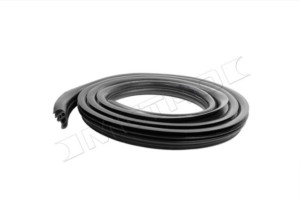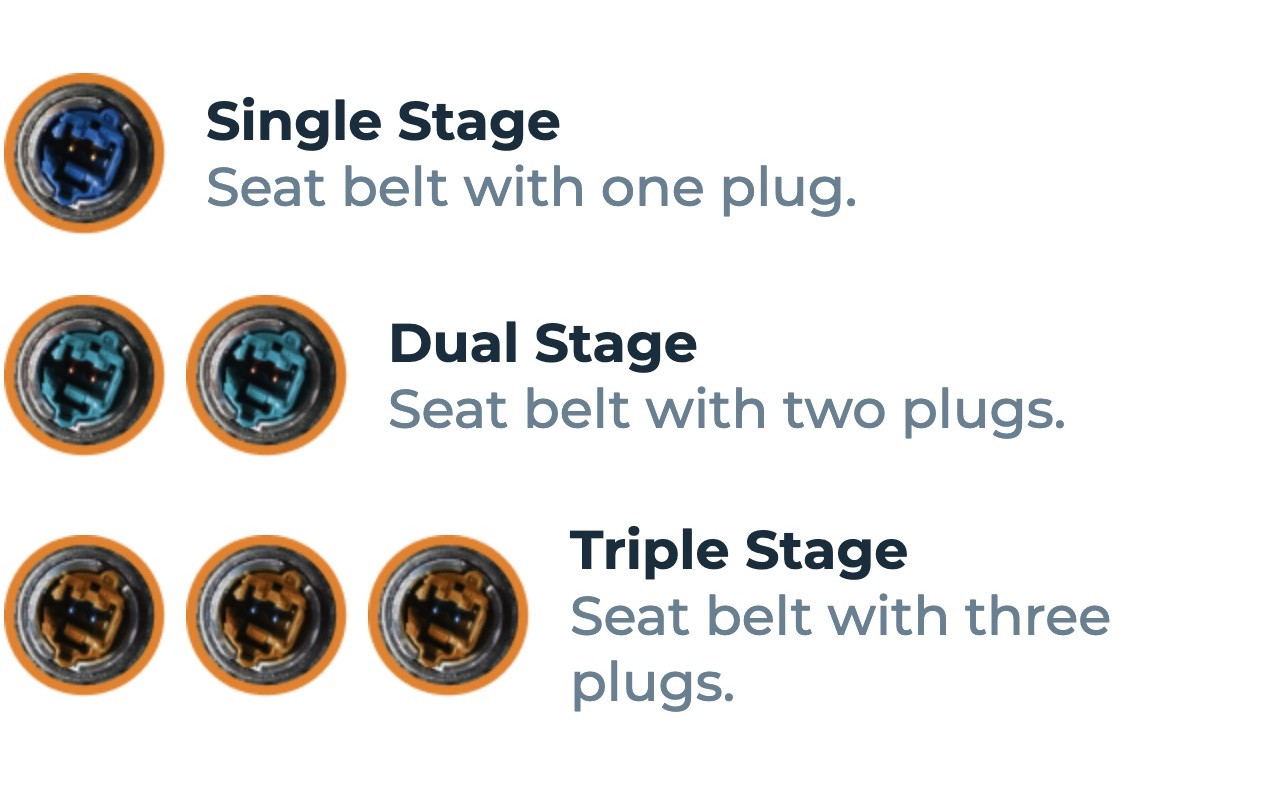How To Fix Faded Car Paint: A Comprehensive Guide

Faded car paint can make your vehicle look older and less appealing. At CARDIAGTECH.NET, we understand the frustration of watching your car’s vibrant color fade away, and we’re here to provide you with effective solutions. Let’s explore the common causes, damage levels, and actionable tips for restoring your car’s original color and shine. With the right tools and techniques, you can bring back that showroom glow. Protect your investment with top-notch auto detailing supplies and paint restoration methods.
1. Understanding the Primary Causes of Faded Car Paint
The automotive industry has evolved significantly, leading to changes in paint quality and car care practices. In the past, manufacturers prioritized quality and durability, and owners were more proactive in maintaining their vehicles. Today, mass production and cost considerations often result in thinner, less resilient paint finishes.
1.1 The Shift in Manufacturing Priorities
Mid-20th century cars were built with higher-quality materials, ensuring better protection against functional and aesthetic damage. Car owners also invested more time in waxing and protecting their car’s surface, often as a weekend ritual. This era highlighted the DIY approach, as cars were simpler to work on, and people were more mechanically inclined.
1.2 Modern Paint Systems: Single-Stage vs. Dual-Stage
Currently, about 95% of vehicles feature single-stage paint with a clear coat finish. Although manufacturers apply 7 to 10 layers of paint, use heat treatment, and employ C.A.T. technology to detect imperfections, the inherent quality of the paint is often subpar. This results in a clear coat that is thin, lightweight, and susceptible to damage from natural and chemical elements.
1.3 Key Factors Contributing to Fading Paint
Several factors contribute to the fading of car paint, including UV rays, corrosion, abrasive cleaners, chemicals, contaminants, and pollution. Understanding these elements is crucial for effective prevention and restoration.
2. The Impact of UV Rays on Car Paint
Prolonged exposure to the sun’s UV rays can be detrimental to your car’s paint. Just as your skin gets sunburned, your car’s paint can fade and degrade over time, even with a clear coat protectant.
2.1 How UV Radiation Causes Fading
It’s not the rays themselves, but the heat from the sun that causes the fading. Infrared Radiation (IR) builds up on the car’s surface, while UV A and B radiation also play a role in paint degradation. This constant bombardment of UV and IR rays generates heat, particularly on flat surfaces like the hood and roof, leading to significant fading. According to a study by the National Renewable Energy Laboratory (NREL), prolonged UV exposure can reduce the lifespan of automotive coatings by up to 50%.
2.2 Practical Steps to Minimize UV Damage
- Park in Shaded Areas: Whenever possible, park your car in garages, under trees, or use carports.
- Use Car Covers: Invest in a high-quality car cover that blocks UV rays.
- Apply Ceramic Coatings: Consider professional-grade nano-ceramic coatings for enhanced UV protection.
 UV damage on a car's hood resulting in faded paint.
UV damage on a car's hood resulting in faded paint.
3. The Role of Corrosion in Paint Fading
If you live near the coast, corrosion is a significant factor in paint fading. Saltwater can cause oxidation, which eats away at the clear coat, leading to chipping and peeling paint.
3.1 Understanding the Corrosion Process
Salt from the ocean water settles on the car’s surface, leading to oxidation. This process degrades the clear coat, making the paint susceptible to damage. According to the American Corrosion Society, vehicles in coastal areas experience corrosion rates up to ten times higher than those inland.
3.2 Counteracting Corrosion
- Regular Washing: Wash your car frequently, especially after exposure to saltwater.
- Protective Coatings: Apply corrosion-resistant coatings to protect the paint.
- Immediate Cleaning: Remove salt deposits as soon as possible.
4. The Dangers of Abrasive Cleaners and Chemicals
Using the wrong cleaning products can accelerate paint fading. Abrasive cleaners, degreasers with extreme pH levels, and harsh chemicals can break down the clear coat, leading to fading.
4.1 Proper Cleaning Techniques
- Use pH-Neutral Cleaners: Opt for car detailing materials that are pH neutral.
- Two-Bucket Method: Employ the two-bucket method to minimize debris damage.
- Avoid Harsh Chemicals: Never use dishwashing soaps or abrasive cleaners.
4.2 Recommended Products and Practices
- Quality Soaps: Choose soaps specifically designed for car detailing.
- Soft Washing Mitts: Use microfiber washing mitts to prevent scratches.
- Regular Waxing: Apply wax or sealant to protect the paint from chemical damage.
5. The Impact of Environmental Contaminants and Pollution
Various environmental contaminants and pollutants, such as acid rain, bird droppings, smog, industrial fallout, bug splatter, and tree sap, can cause your car’s paint to fade.
5.1 Identifying Common Contaminants
- Acid Rain: Contains pollutants that corrode the paint surface.
- Bird Droppings: Highly acidic and can cause etching.
- Industrial Fallout: Iron-based particles that penetrate and bond with the clear coat.
5.2 Effective Prevention Strategies
- Regular Washing: Wash your car frequently to remove contaminants.
- Protective Sprays: Use industrial fallout remover sprays and clay bars.
- Immediate Removal: Clean off bird droppings, bug splatter, and tree sap promptly.
6. Comprehensive Options for Repairing Faded Car Paint
Before attempting to fix faded car paint, identify the type of paint job your car has: single-stage (combined clear and pigment) or dual-stage (pigment with a clear coat). Also, determine the type of paint used—urethane-based for newer vehicles or lacquers and enamels for custom jobs.
6.1 Determining Your Car’s Paint Type
- Check the VIN Plate: Look for the paint code on the VIN plate.
- Consult the Dealership: Ask the dealership where you purchased the car.
- Perform a Test: Gently test the surface with sandpaper or paint thinner.
6.2 DIY vs. Professional Repair
If your car has a clear coat, you can manually improve the depth and shine of the paint. If not, repainting or trading the car might be your only options. Consider your comfort level with auto repair before proceeding. If you are not 100% confident, consult a professional detailer or auto body expert. We at CARDIAGTECH.NET can assist you to connect with the right professional for your car’s needs, reach out to us at +1 (641) 206-8880
6.3 Detailed Steps for Fixing Faded Car Paint
DIY Small Section Repair: Focus on repairing only the faded sections of your car’s surface, typically the roof, hood, and other small areas.
DIY Complete Paint Restoration: Perform a complete paint restoration, even if the entire surface is not faded, to ensure a uniform finish.
7. Step-by-Step Guide to Quick Fixes for Faded Car Paint
Here’s a detailed guide to help you restore your car’s paint:
7.1 Step 1: Gathering the Necessary Supplies
Before starting, gather these supplies:
| Supply | Description | Quantity |
|---|---|---|
| Car Buffing Compound | Used to remove oxidation and restore shine. | 1 bottle |
| Car Washing Materials | Includes soap, buckets, and washing mitts. | Set |
| Polishing Pads | For applying buffing compound. | 3-4 |
| Microfiber Buffing Pads | For final buffing and polishing. | 3-4 |
| Electric Machine Buffer | For efficient buffing. | 1 |
| Paint Protection Product | Car polish, sealant, wax, or nano-ceramic coating. | 1 |
| Bucket of Water | For rinsing and cleaning. | 1 |
7.2 Step 2: Thoroughly Washing the Car
Wash the areas you will fix using the two-bucket method.
7.3 Step 3: Removing Debris with a Clay Bar
Use a high-quality clay bar to remove contaminants from the surface.
7.4 Step 4: Starting the Buffing Process
- Soak the buffing pad with water.
- Apply buffing compound to the soaked pad.
- Apply the compound to the faded area.
- Buff the impacted area.
- Repeat the buffing process at least three times.
- Clean the buffer and inspect the paint.
- Apply a final round of buffing compound.
 A person buffing faded car paint.
A person buffing faded car paint.
8. Protecting Your Car from Future Paint Fading Issues
Investing time and effort into fixing faded paint means you’ll want to prevent the problem from recurring. A high-quality paint coating is essential.
8.1 The Benefits of Nano Ceramic Coatings
Nano ceramic coatings are the best option for blocking UV rays, chemicals, and other contaminants. These coatings provide a semi-permanent layer of protection.
8.2 Advantages of Ceramic Pro 9H
Ceramic Pro 9H nano ceramic coating is a professional-grade solution that can be applied to clear coats, plastics, glass, wheels, carbon fiber, vinyl wraps, and paint protection film.
8.3 Key Benefits of Using Ceramic Pro 9H
- Increases resale value
- Keeps the vehicle cleaner for longer
- Protects against harmful agents that lead to fading
9. Why Choose CARDIAGTECH.NET for Your Car Care Needs
At CARDIAGTECH.NET, we understand the challenges car owners face. Our mission is to provide high-quality solutions that enhance the performance and appearance of your vehicle. Our customers need services that:
- Enhance work efficiency and reduce repair time
- Increase accuracy and safety during repairs
- Save on repair and maintenance costs
- Boost revenue and profitability
- Improve service quality and reputation
That’s why we offer a wide range of auto repair tools and equipment designed to meet the diverse needs of our customers. We provide expert advice and support, ensuring you have the right tools for the job.
10. Real-World Examples of Successful Paint Restoration
Consider the case of John, a car enthusiast from Los Angeles. His vintage Mustang suffered from severe paint fading due to years of sun exposure. After using the steps outlined above and applying a ceramic coating, John restored his car’s paint to its original glory. Similarly, Maria from Miami combatted corrosion on her car by regularly washing it and applying protective coatings, preserving its vibrant color.
11. Addressing the Challenges Faced by Auto Repair Professionals
We recognize the challenges faced by auto repair professionals, including:
- Physically demanding work
- Constant exposure to grease and chemicals
- Keeping up with new automotive technologies
- Time and deadline pressures
- Competition from other garages
- Difficulty finding quality tools
12. How CARDIAGTECH.NET Supports Your Success
Our tools and equipment are designed to address these challenges, helping you:
- Enhance work efficiency
- Increase accuracy and safety
- Save costs
- Boost revenue
- Improve service quality
Contact us today at +1 (641) 206-8880 for a consultation on how our tools can transform your auto repair business. Our address is 276 Reock St, City of Orange, NJ 07050, United States. Visit CARDIAGTECH.NET for more information.
13. The Importance of Regular Maintenance and Care
Maintaining your car’s paint is an ongoing process. Regular washing, waxing, and inspections can prevent minor issues from becoming major problems.
13.1 Creating a Car Care Routine
- Weekly Washing: Wash your car weekly to remove dirt and contaminants.
- Monthly Waxing: Apply wax or sealant monthly to protect the paint.
- Regular Inspections: Check for signs of fading, corrosion, or damage.
13.2 Long-Term Benefits of Proper Maintenance
- Preserves the car’s appearance
- Maintains resale value
- Prevents costly repairs
14. Tips for Choosing the Right Paint Restoration Products
Selecting the right products is crucial for effective paint restoration. Consider these factors:
14.1 Understanding Product Labels
- Read the labels carefully: Pay attention to ingredients and instructions.
- Check for pH neutrality: Ensure cleaners are pH neutral.
- Look for UV protection: Choose products with UV protection properties.
14.2 Consulting with Experts
- Seek professional advice: Consult with auto detailing experts.
- Read reviews: Check online reviews and testimonials.
- Test products: Test products on a small, inconspicuous area first.
15. The Financial Implications of Neglecting Faded Car Paint
Neglecting faded car paint can lead to significant financial consequences. Damaged paint reduces the car’s resale value and can lead to more extensive repairs down the line.
15.1 Impact on Resale Value
A car with faded paint is worth significantly less than one with well-maintained paint. Potential buyers are less likely to offer a good price for a vehicle that looks neglected.
15.2 Potential for More Extensive Damage
If left untreated, faded paint can lead to rust and corrosion, requiring costly repairs. Addressing the issue early can save you money in the long run.
16. How to Identify Early Signs of Paint Fading
Early detection is key to preventing extensive paint damage. Look for these signs:
16.1 Dullness
The paint loses its shine and appears dull.
16.2 Chalkiness
The paint feels chalky to the touch.
16.3 Discoloration
The paint changes color or becomes uneven.
16.4 Peeling
The clear coat starts to peel or crack.
17. Advanced Techniques for Restoring Heavily Faded Paint
For heavily faded paint, more advanced techniques may be necessary:
17.1 Wet Sanding
Gently sand the paint surface to remove oxidation and imperfections.
17.2 Multiple Buffing Stages
Use different buffing compounds and pads to achieve a smooth, glossy finish.
17.3 Professional Detailing
Consider professional detailing services for expert restoration.
18. The Future of Automotive Paint Protection
The automotive industry is continuously evolving, with new paint protection technologies emerging.
18.1 Self-Healing Coatings
These coatings can repair minor scratches and swirl marks.
18.2 Advanced Ceramic Coatings
New ceramic coatings offer enhanced durability and protection.
18.3 Environmentally Friendly Products
Eco-friendly paint protection products are becoming more popular.
19. The Psychological Benefits of a Well-Maintained Car
Maintaining your car’s appearance can have psychological benefits. A clean, well-maintained car can boost your confidence and make you feel good about your vehicle.
19.1 Pride of Ownership
Taking care of your car shows pride of ownership.
19.2 Enhanced Self-Esteem
Driving a clean, attractive car can boost your self-esteem.
19.3 Positive Impression
A well-maintained car creates a positive impression.
20. Empowering You to Take Action
Don’t let faded car paint detract from your vehicle’s appearance and value. With the right knowledge, tools, and techniques, you can restore your car’s paint to its original glory and protect it from future damage. Contact CARDIAGTECH.NET today to learn more about our products and services. Let us help you keep your car looking its best.
FAQ: Frequently Asked Questions About Fixing Faded Car Paint
Here are some common questions and answers about fixing faded car paint:
- What causes car paint to fade?
- UV rays, corrosion, abrasive cleaners, chemicals, contaminants, and pollution.
- How can I prevent my car’s paint from fading?
- Park in shaded areas, use car covers, wash your car regularly, and apply protective coatings.
- What is the best way to wash my car to protect the paint?
- Use pH-neutral cleaners, the two-bucket method, and soft washing mitts.
- Can I fix faded car paint myself?
- Yes, if your car has a clear coat, you can manually improve the depth and shine of the paint.
- What supplies do I need to fix faded car paint?
- Car buffing compound, car washing materials, polishing pads, microfiber buffing pads, an electric machine buffer, and paint protection products.
- How often should I wash my car?
- Wash your car weekly to remove dirt and contaminants.
- What are the benefits of using a ceramic coating?
- Ceramic coatings protect against UV rays, chemicals, and other contaminants.
- How can CARDIAGTECH.NET help me with my car care needs?
- We offer a wide range of auto repair tools and equipment, expert advice, and support.
- What should I do if my car’s paint is heavily faded?
- Consider wet sanding, multiple buffing stages, or professional detailing services.
- How can I contact CARDIAGTECH.NET for more information?
- Contact us at +1 (641) 206-8880 or visit our website at CARDIAGTECH.NET.
By following these guidelines and using the right products and techniques, you can effectively restore and protect your car’s paint, maintaining its appearance and value for years to come. Remember, regular maintenance and care are essential for long-term paint health.






